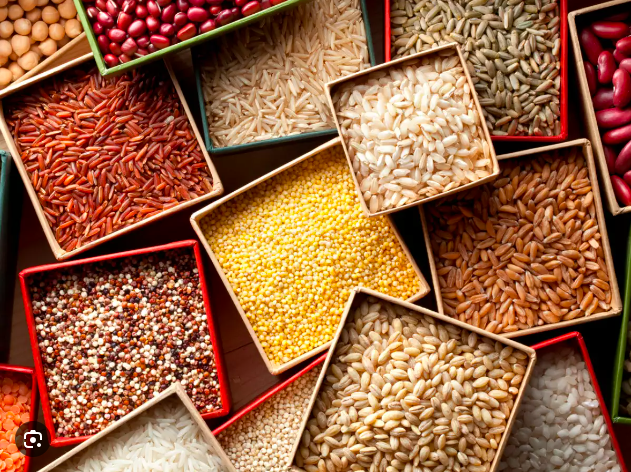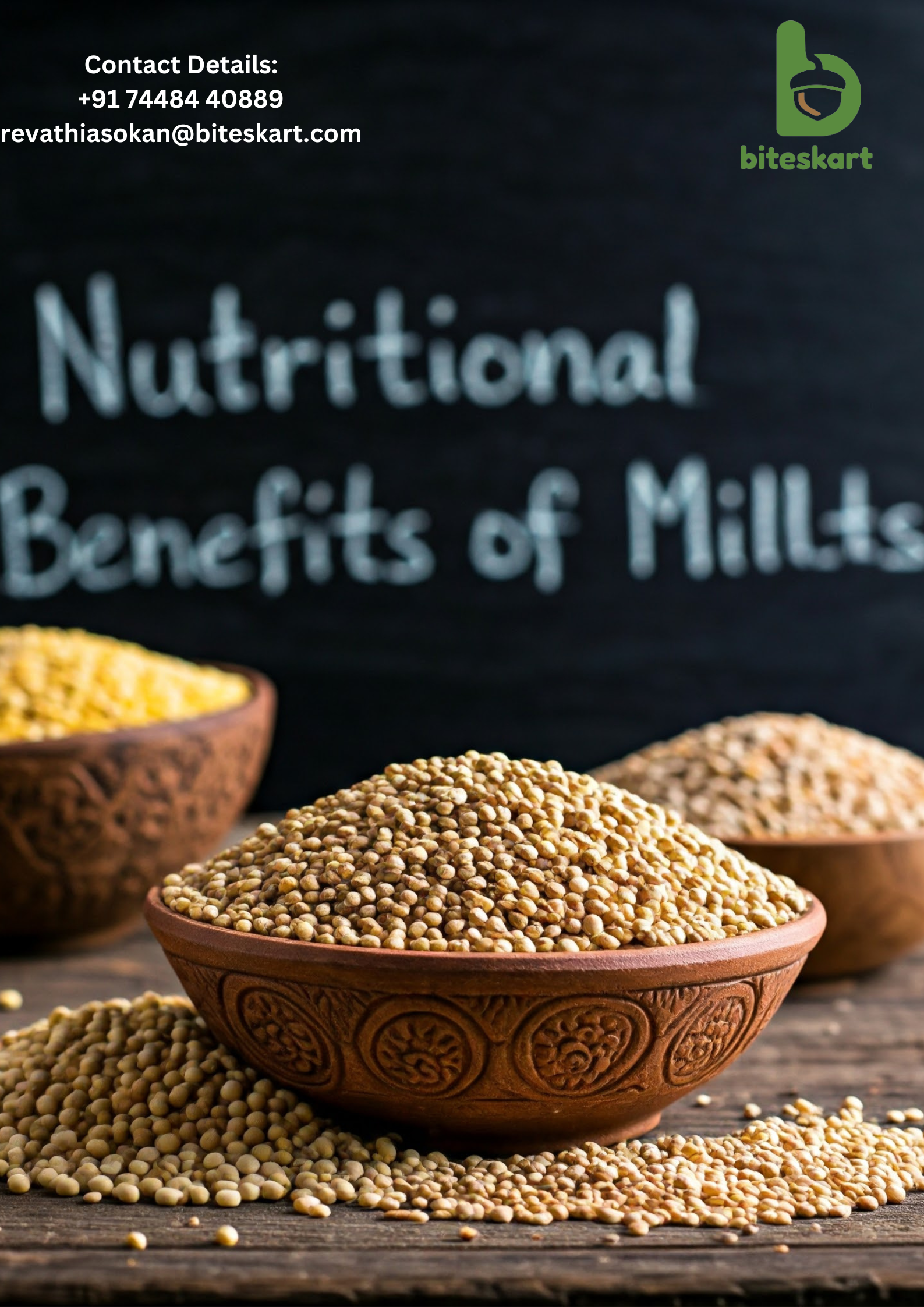- You have no items in your shopping cart
- Subtotal: ₹0.00
In recent days we are in search of healthy foods as we suffer from many health issues due to our sedentary life style and junk eating habits. Finally we have found the ancient gem which have forgotten for years now but was a staple food our ancestors for more than 10000 years which is Millets.
These nutritous grains are back into our kitchen shelves now and people started valuing their benefits.
There are many types of millets including Foxtail millet, Barnyard millet, Porso millet, Little millet and many more grains which are available in common.

Millets are categorised in two different types namely positive millets and neutral millets.
Positive Millets:
Millets which have healing qualities and therapeutic nature are called as postive millets. The postive millets are as follows
1. Kodo Millet
The colour of kodo millet varies from blackish brown to dark brown. They are easily digestable and rich in anti oxidants.Prevent the occurrence of any lifestyle diseases and reduces join / knee pain. They are also helpful in the regulation of menstruation in women.
2. Browntop Millet
Browntop millet is also called as Paluppu Thinai is an ancient grain. As it is rich in magnesium prevents cardio vascular diseases. They rich in protein and helps in hydrating the body.
3. Barnyard Millet
Barnyard millet is also called as Kuthiraivali. It’s rich in fibre and ideal for weight loss. It has an interesting profile of antioxidants. Rich source of calcium and phosphorus make it an ideal food to improve our bone strength.
4. Little Millet
Little millet is also called as Samai. It is a rich source of B-vitamins, minerals like calcium, iron, zinc, and potassium. Also Helps in weight loss. You can enjoy morning breakfast of little millet pongal making you fuller for longer.
5. Foxtail Millet
Foxtail millets are rich Vitamin B12 essential for maintaining a healthy heart. In general it is good for skin and hair health. A diet which includes Foxtail Millet may improve glycemic control and reduce insulin, cholesterol and fasting glucose in Type-2 diabetes patients.
Millets which have less fibre and less of therapeutic properties are called as neutral millets. Finger millet, Pearl Millet, Sorghum come under the category of neutral millets. Still they posses a lot of health benefits in it compared to rice and wheat. Let’s all get back to our native grain millets. Grain diversity is yet another important concept to consider while choosing the grains in our diet plan.

